Husky Breed
Husky is a medium size dog, a very active and strong one. It is recognizable by its beautiful eyes, like drawn with a dark pencil, thick and furred double coat (a soft undercoat and tough topcoat), its energetic nature and distinctive marketing. As its ancestors dwelled in extremely chilly conditions in the environment that is harsh and snowbound, these dogs are extremely hard working, robust and vigorous.
Being raised in a family setting and always being a part of someone’s life, this breed is good for kids. It will be child’s best friend and loyal protector all the time: despite the fact it is not a guard dog, it is very suspicious to strangers.
However, it’s very energetic so it needs lots of physical activities.
Follicular Dystrophy
The average life span of Husky is 12-14 years. Usually this dog is very hardy and sturdy. Fantastically durable, Huskies maintain a healthy weight on less food, but their owner have to remember that it is necessary to feed this dog with high –quality protein-based nutriment.
However, in spite of the fact Husky is generally healthy, sometimes it can have some health problems like any other dog. It doesn’t suffer from everyday dog problems, but can have such health issues as eye problems, follicular dystrophy (hair loss) and hip dysplasia.
Related to eyes, dogs can suffer from cataracts (losing the eyesight) and corneal dystrophy (an abnormal deposition of api in the transparent part of the eye).
Hip dysplasia is a genetically deviant formation of the hip socket that can cause crippling lameness or morbid arthritis of the joints. For some breeders it will not be able to present Husky as a show dog, if the dog has this problem. But the worst thing is that the dog being naturally active and keen on running will have pain while doing its favourite activity.
Hip Dysplasia
Hip dysplasia is a very common veterinary condition in Huskies that can cause arthritis of the hips.
In the normal anatomy of dogs’ hip joint, the thigh bone is interconnected with pelvis at the hip joint. Bones ensure the strength that supports weight of the body, and cartilage provides a smooth fit and a very wide range of motions. Whenever normal hip function is affected by dysplasia the caput cannot be held by the acetabulum; it is not smooth and round, so, it causes abnormal wear and also tear or even friction within the joint as the dog moves.
This disease is rare as many breeders take care about the dogs’ offspring.
Nevertheless, it is very important to do annual checkup for your dog in order to keep it healthy and take measures – to start treatment.
Health Safeguard for Huskies
They say: “Forewarned is forearmed”. That is why you have to become complacent and caring of wellbeing of your best friend. As you are aware about two health problems that can suddenly occur, you have to take your dog to the vet every year to keep all vaccines updated.
Furthermore, it is essential to check the lineage of dogs and ask for all medical documents that can prove that Huskies’ parents are healthy and hardy. As most health issues of these life-loving dogs are genetic (inherited from its parents) there is a chance to avoid them being attentive before dogs’ breeding.
Conclusion
Being a one-person dog, Husky will be a loyal and devout member of the family, waiting for love and games from its owner and giving respect and obedience in return.
Some people say Huskies share their energy with the person, so, that means, the atmosphere at home will be always friendly and positive. There is just one way to check this version – to take a Husky puppy home.
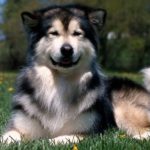
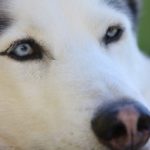
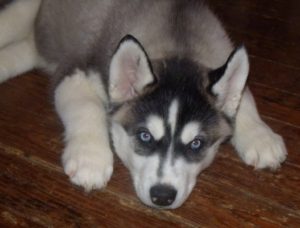
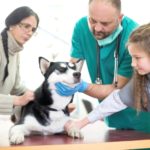
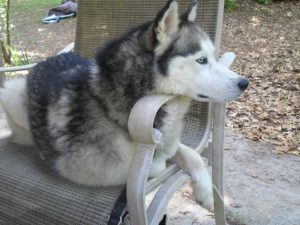
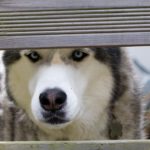
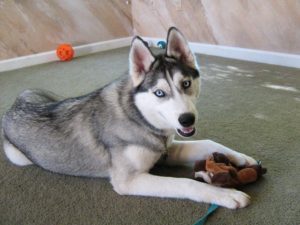
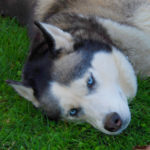
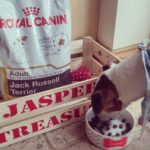
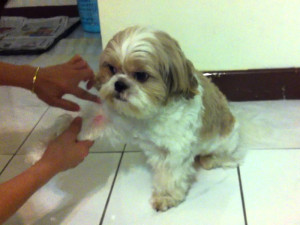
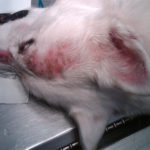

Does it help ease arthritis and pain associated with this disease to walk the dog? We have an 8 year old Siberian husky with this problem?